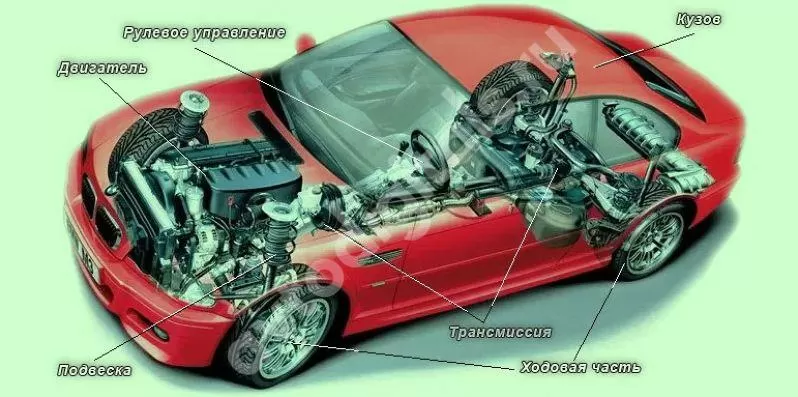
fluids in the car. What fluids should be regularly poured into the car?
Content
Liquids that we fill in the car
At the mention of drive lubrication, oil probably came to mind. And no wonder, because it is indispensable and necessary for the operation of the engine. This is not about correct operation, but in general about the possibility of functioning. Without this environment, the engine would be irreversibly damaged shortly after starting. The oil level is checked on the dipstick, the end of which is located in the cylinder block. Basically, there are 3 types of this type of liquid in the car:
- mineral;
- semi-synthetics;
- synthetic.
Characteristics of engine oils
The first of these was used in engines manufactured in the last century. The fluids in the car had to match the tightness level of the unit, and mineral oil is very thick and great for creating an oil film in older designs. It is also useful in newer vehicles whose units are starting to consume a lot of oil.
Slightly newer designs use semi-synthetic oils. They are based on a mineral environment and contain a small amount of synthetic additives. These types of automotive fluids are an alternative to synthetic oils due to slightly worse lubricity and lower price.
The last type of fluids in a car of this type are synthetic oils. They can operate at higher engine temperatures while providing adequate lubrication. Due to continuous development, the synthetics currently used do not accumulate in the engine in the form of soot to the extent that other oils do. The fluids in the car that lubricate the unit should be changed every 15 km or once a year. An oil change is carried out by draining it through a special hole in the oil pan and filling in fresh oil through a plug located near the valve cover. It has the designation of an oil can with a drop of liquid.
Coolants in a car
Another equally important category of fluids that we fill in a car are coolants. Of course, they are used in liquid-cooled cars, but their numbers are overwhelming compared to air-cooled cars. Automotive fluids of this category fill the circuit, which allows not only to maintain a constant temperature of the unit, but also to heat the car interior due to airflow. In the car, the coolant should be checked regularly, estimating its amount based on the level visible in the expansion tank. It usually shows the minimum and maximum fluid levels.
Fluid traces in the car
The designation of coolants in a car may vary depending on the manufacturer. Most commonly, however, the filler cap has a thermometer sign and an image of evaporating liquid, a triangle with a thermometer inside, or an arrow with lines indicating hot liquid underneath. It is worth remembering that too low a coolant level can lead to overheating of the drive unit. If you see a loss of this fluid, it may indicate a leak in the hoses, the radiator, or a damaged cylinder head gasket.
Brake fluid
This type of fluid in a car fills the brake system and is responsible for pressurizing it to drive the caliper pistons. Usually the right amount is about 1 liter, depending on the car. In many cases, the same automotive fluid controls the operation of the clutch pedal, so a leak in the hydraulic system can lead to difficult shifting. The condition of the brake fluid in the car is checked on the scale of the expansion tank. Its color is usually a mixture of brown and yellow. If it turns grey, it's time to change.
Gearbox oil
Depending on the car model, it may be necessary to regularly change the fluid in the car with lubricating properties during periods of 40-60 thousand km. kilometers. Manufacturers' recommendations may vary mainly due to the type of gearbox. Automatic machines need regular replacement of this type of automotive fluid using special products. In manual transmissions, it is often only possible to top up the oil, without the need to change it. The loss of this fluid leads to transmission jamming and, as a result, to its destruction.
As you can see, there are a lot of liquids that we fill in the car. In addition to those listed above, these are: windshield washer fluid and power steering fluid. Their condition should be constantly checked and maintained at their level. In this way, you can effectively extend the life of the car without facing major malfunctions. Leaking one of the described automotive fluids usually means the beginning of problems with the car.